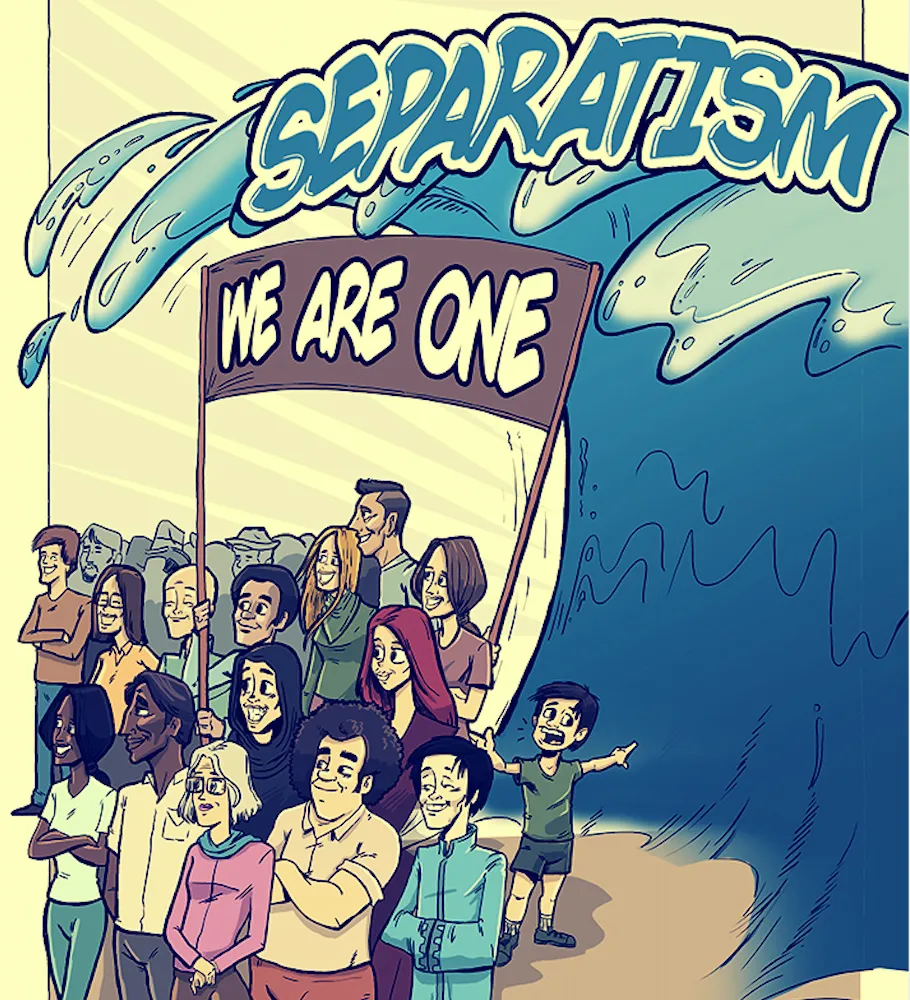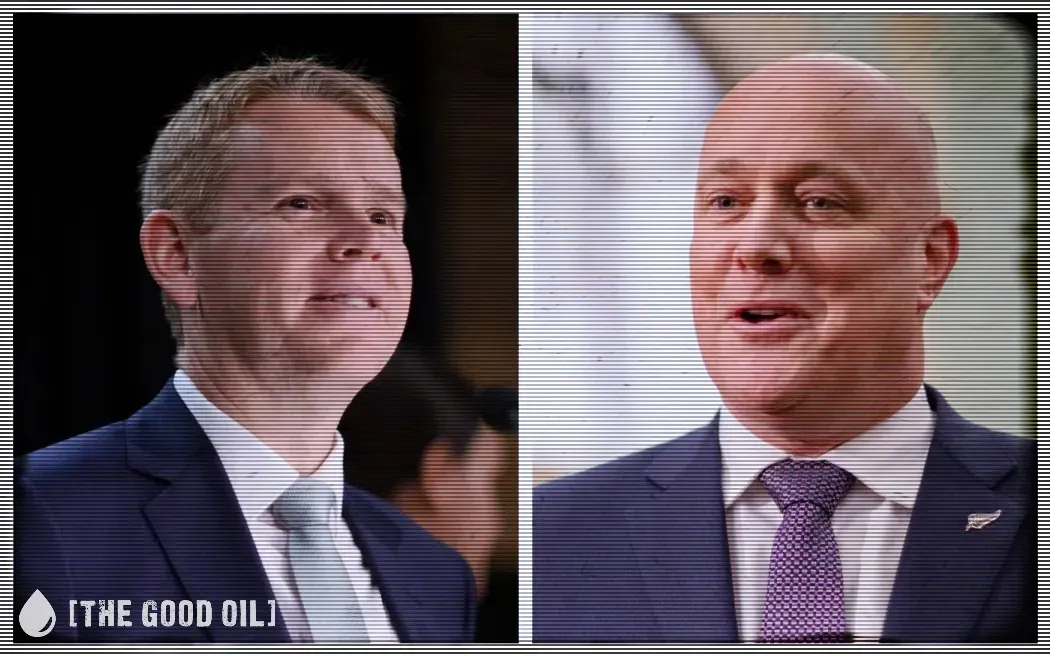Hobson’s Pledge Trust
At least 32 councils scrambled to meet Friday’s deadline to set up segregated voting via Maori wards or constituencies for next year’s elections. Overwhelming support was claimed despite low response to limited consultation.
These councils wanted to follow Environment Bay of Plenty, the Waikato Regional Council and the Wairoa District council in separate voting but were reluctant to do so because they knew their constituents could vote a proposal down. There are 78 local bodies in New Zealand.
A change to the Local Electoral Act 2001, announced on February 1, that abolished referenda on Maori wards, triggered the scramble by the most woke councils. Any reluctant councillors were subjected to charm offensives or war dances by activists.
The opportunity for everyone to vote should a council propose separate Maori seats was a legislated protection that could be triggered by gathering signatures from five percent of affected voters.
Repeatedly, local communities through referenda rejected attempts by councils to divide representation by race.
The law change overrode petitions that were current at the time in nine of these councils, six of which had already collected sufficient signatures to trigger votes, and a number of which had had referenda strongly rejecting Maori wards.
The table below lists the councils that have adopted Maori wards in the current rush.
The referendum column shows signatures received in the nine petition campaigns for binding referenda earlier this year. The submissions column shows, graphically, by the low response rate, that there is hardly any public support for them. The Maori roll column gives an indication of an expected level of support for Maori wards, since voting for Maori ward candidates will be confined to voters on the Maori roll.
Regional councils Referendum Submissions Maori roll
Northern 8703 none 25,923
Hawke’s Bay 1100 16,957
Horizons (Palmerston North) 1649 18,500
Taranaki 383 7297
District councils
*Far North 499 14,048
Gisborne 792 293 11,109
Hastings 2089 8576
Horowhenua 227 2770
Kaipara 1376 none 1908
*Manawatu none 1535
Marlborough none 1832
Masterton none 1811
Matamata-Piako none 1880
*New Plymouth Not available none 4507
Otorohanga none 980
Rangitikei none 1585
Rotorua Lakes none 12,619
South Taranaki 903 none 2448
Stratford none 336
Tararua none 1 346
Taupo 1756 none 3871
Ruapehu 551 none 1965
*Waikato none 7586
Waipa 879 2504
*Whakatane none 7508
Whangarei 5133 none 9967
City councils
Hamilton 994 13,619
*Nelson none 1720
*Palmerston North none 4814
Porirua none 4664
Tauranga 6000 none 8077
Wellington none 5938
* Asterisks denote councils where Maori wards were specifically rejected in earlier binding referenda. The Nelson vote was 79 per cent against and Waikato was 79 per cent against in 2012; the Far North District Council vote was 68 per cent against and New Plymouth 83 per cent in 2015; the Manawatu vote was 77 per cent against, Palmerston North was 69 per cent against, and Whakatane was 56 per cent against, all in 2018.
Only nine of the 32 councils consulted the public. In a number of cases, councils just talked to local Maori they knew, which were mostly iwi representatives already on council committees. The low response rate suggests that advertising was too limited to reach most voters (this was certainly the case in Hawke’s Bay). A low response enabled activists to orchestrate apparent majorities in support of Maori wards.
Invercargill and Napier rejected Maori wards because councillors had the good sense to consider that they felt they had had insufficient time to give the proposal due diligence and considered that their constituents would not support such a move.
Hamilton, Manawatu and Stratford initially voted against them but caved in to war dances and other pressure from activists. During the process, the Carterton District Council decided to appoint tribal representatives to its committees, with voting rights.
Stratford is a curiosity. This town, where the streets are named after characters in William Shakespeare’s plays, and which had no Maori residents there before the mid-1960s, will have a separate seat for its 336 Maori roll voters.
Also bear in mind that since 47 per cent of Maori voters are on the general roll, nearly as many Maori voters as shown on the Maori roll column above vote on the general roll.
Most are unaware that a discreet manipulation of data, that of using the total number of Maori on both rolls as the basis for allocating the number of Maori seats, instead of the number on the Maori roll. This gerrymander inflates the number of Maori seats.
The sales pitch that “Maori wards would enable Maori to be at the top table” is a lie since Maori councillors are already at the top table and have been there for decades.
In a truly egalitarian society, such as New Zealand claims to be, there is no need for special Maori representation in government, whether it be Maori electorates in Parliament, the Independent Maori Statutory Board in Auckland, or racially based representation in other governance bodies.
Please share so others can discover The BFD.









